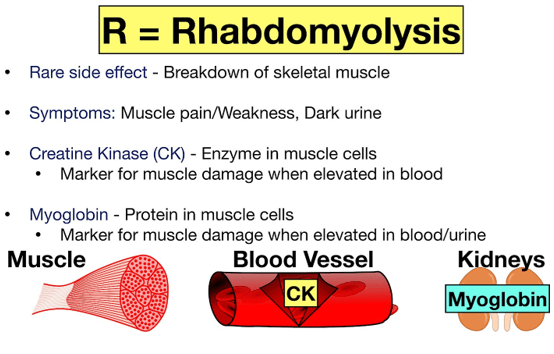A nurse is contributing to the plan of care for a client who is 2 days postoperative and reports pain in their calf. Which of the following actions should the nurse include?
Monitor the client's pulse oximetry.
Instruct the client to massage the calf gently.
Maintain the leg in a dependent position while in bed.
Apply a cold compress to the client's calf.
The Correct Answer is A
Pain in the calf can be a potential symptom of deep vein thrombosis (DVT), which is a serious complication after surgery. Monitoring the client's pulse oximetry can help assess for signs of decreased oxygenation, which may indicate a possible clot or compromised circulation. A decrease in oxygen saturation can be an early indicator of a potential DVT-related complication, such as a pulmonary embolism. Monitoring the pulse oximetry can provide valuable information for timely intervention and management.

Instructing the client to massage the calf gently is not advisable without further assessment and evaluation. Massaging the calf can potentially dislodge a clot if one is present, leading to further complications. It is important to rule out DVT through appropriate diagnostic measures before providing specific instructions for calf massage.
Maintaining the leg in a dependent position while in bed can potentially worsen the symptoms and increase the risk of venous stasis. Elevating the affected leg, rather than maintaining it in a dependent position, can help improve venous return and reduce pain or swelling.
Applying a cold compress to the client's calf is not recommended without further assessment. Heat or cold therapy should be applied based on the underlying cause of the pain. In the case of potential DVT, applying a cold compress can increase vasoconstriction and potentially worsen the condition. It is essential to investigate the cause of the pain first and consult with the healthcare provider before initiating any specific therapies or interventions.
Nursing Test Bank
Naxlex Comprehensive Predictor Exams
Related Questions
Correct Answer is B
Explanation
This issue indicates a potential difficulty with fine motor skills and may impact the client's ability to feed themselves independently.
It is important for the interprofessional team, including occupational therapy and/or physical therapy, to be aware of this issue and collaborate on appropriate interventions to improve the client's functional abilities and promote independence in activities of daily living (ADLs).
Correct Answer is D
Explanation
d. Muscle pain.
Atorvastatin is a medication used to lower cholesterol levels in the blood. One of the potential adverse effects of atorvastatin is myopathy, a condition characterized by muscle pain, weakness, and tenderness. In severe cases, myopathy can progress to rhabdomyolysis, a potentially life-threatening condition in which muscle breakdown products are released into the bloodstream and can cause kidney damage.
Therefore, the nurse should instruct the client to monitor for muscle pain, weakness, or tenderness and report these symptoms to the healthcare provider immediately. Hypoglycemia, palpitations, and daytime drowsiness are not commonly associated with atorvastatin use and would not require immediate reporting to the healthcare provider.

Whether you are a student looking to ace your exams or a practicing nurse seeking to enhance your expertise , our nursing education contents will empower you with the confidence and competence to make a difference in the lives of patients and become a respected leader in the healthcare field.
Visit Naxlex, invest in your future and unlock endless possibilities with our unparalleled nursing education contents today
Report Wrong Answer on the Current Question
Do you disagree with the answer? If yes, what is your expected answer? Explain.
Kindly be descriptive with the issue you are facing.
